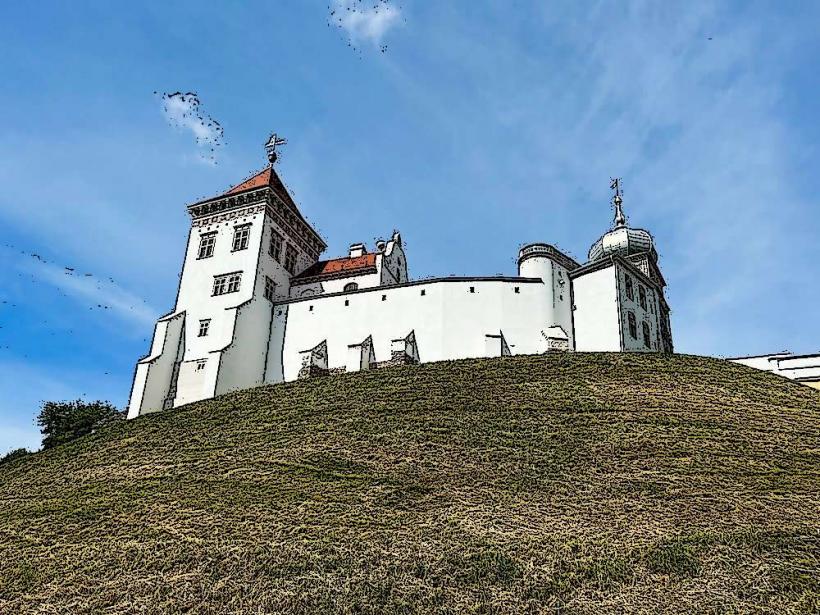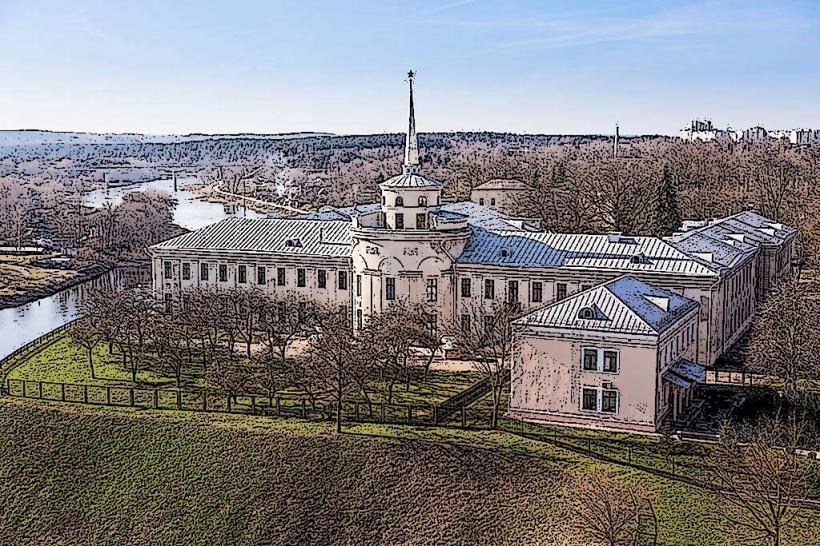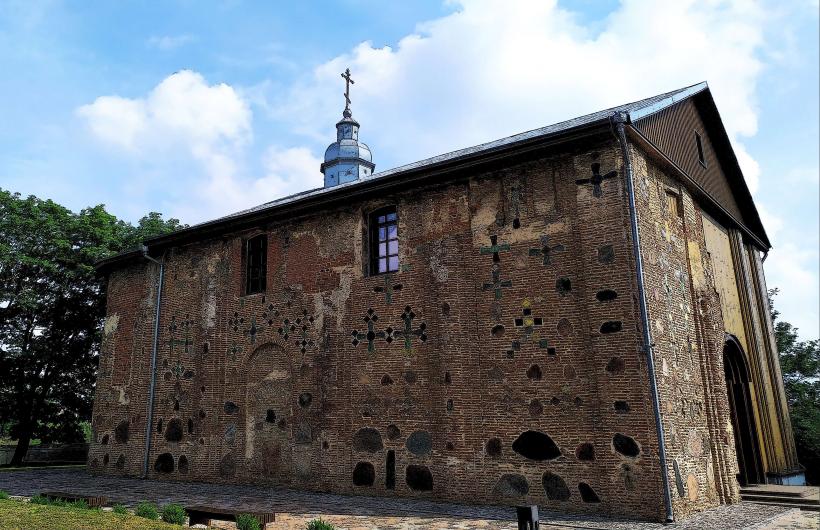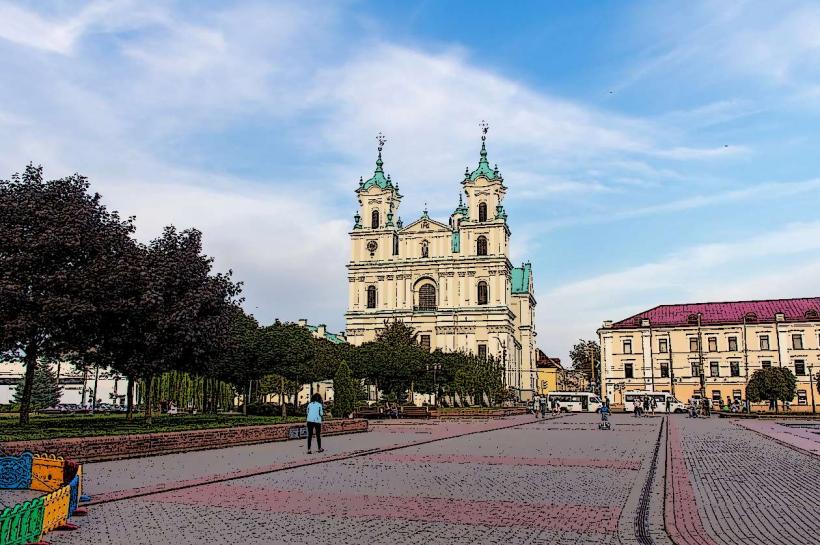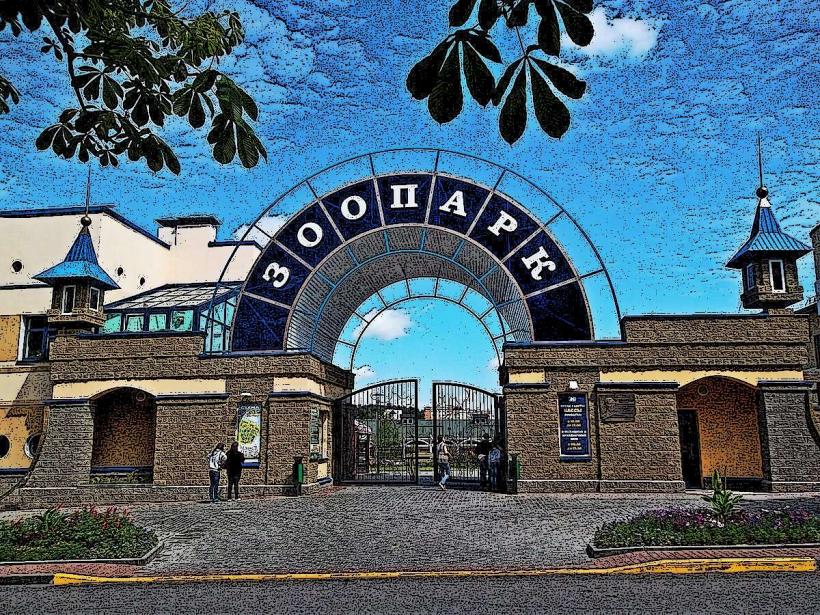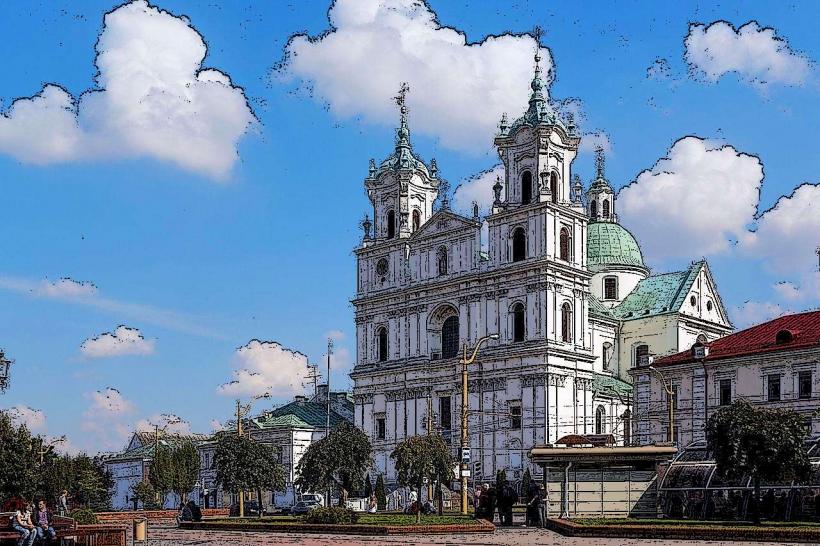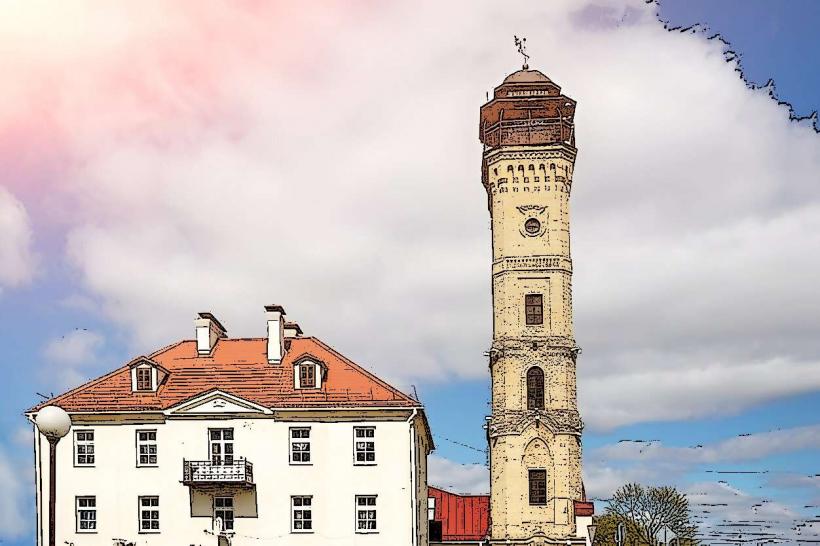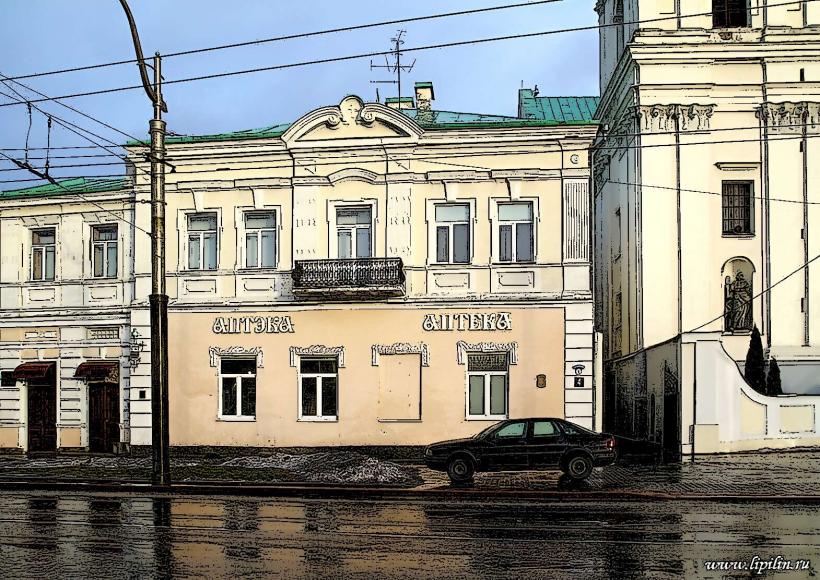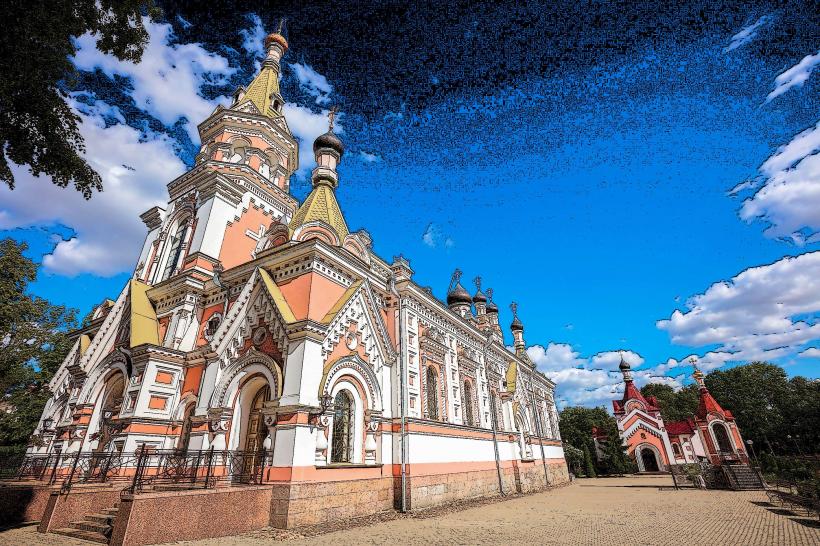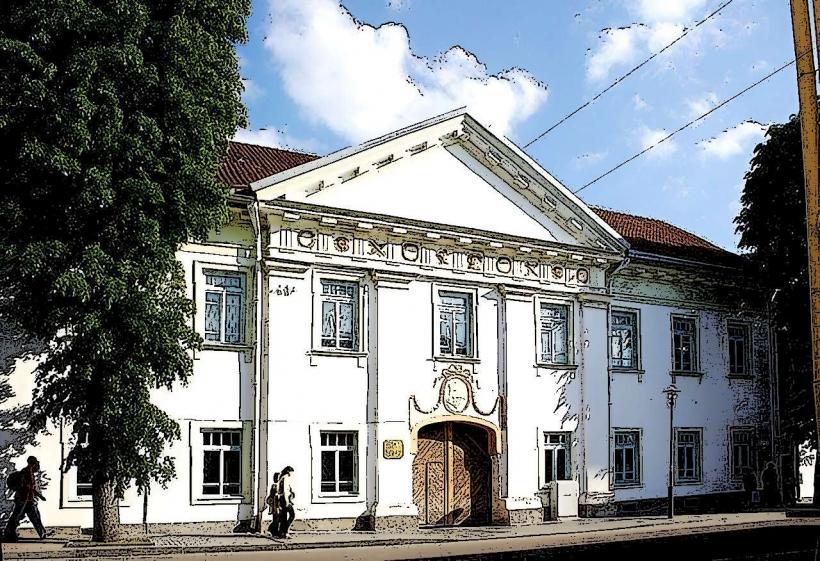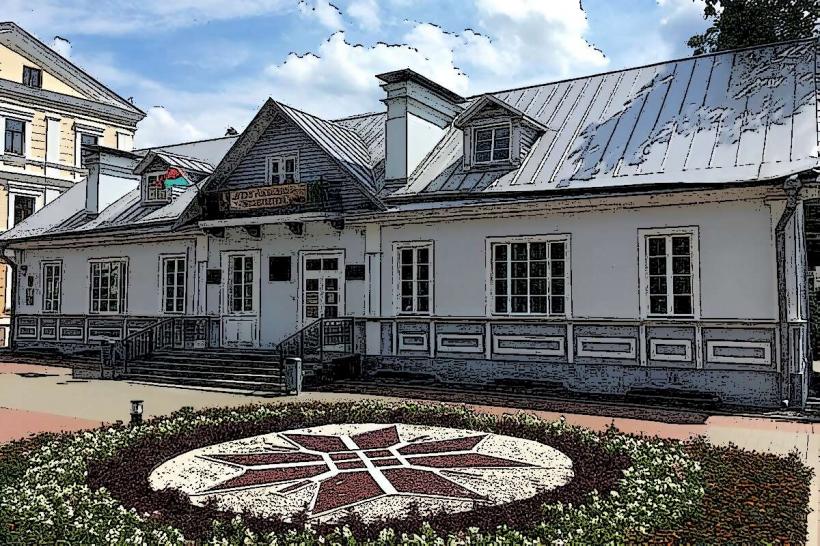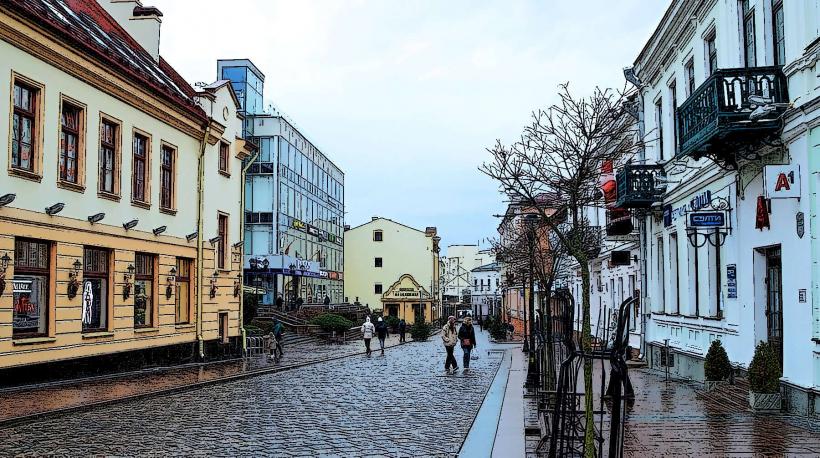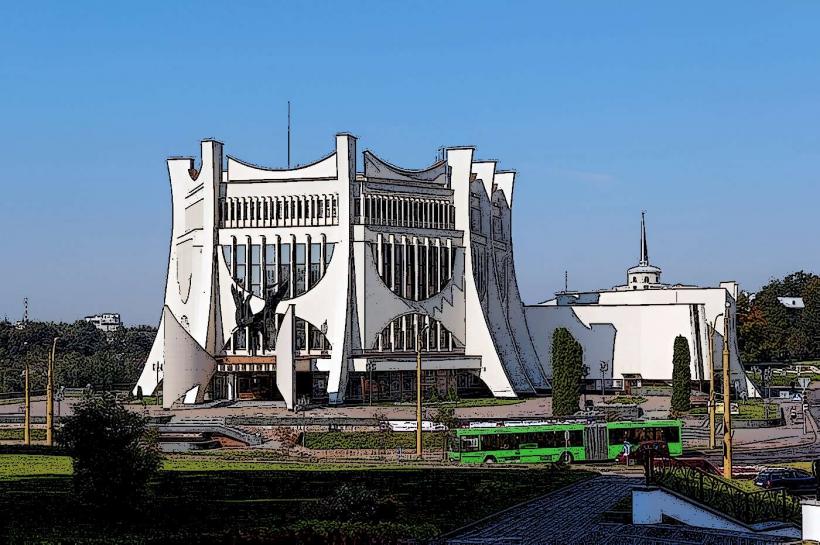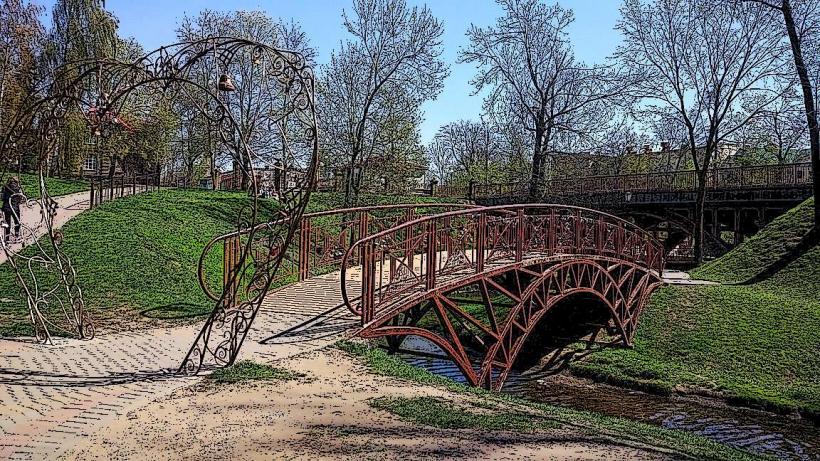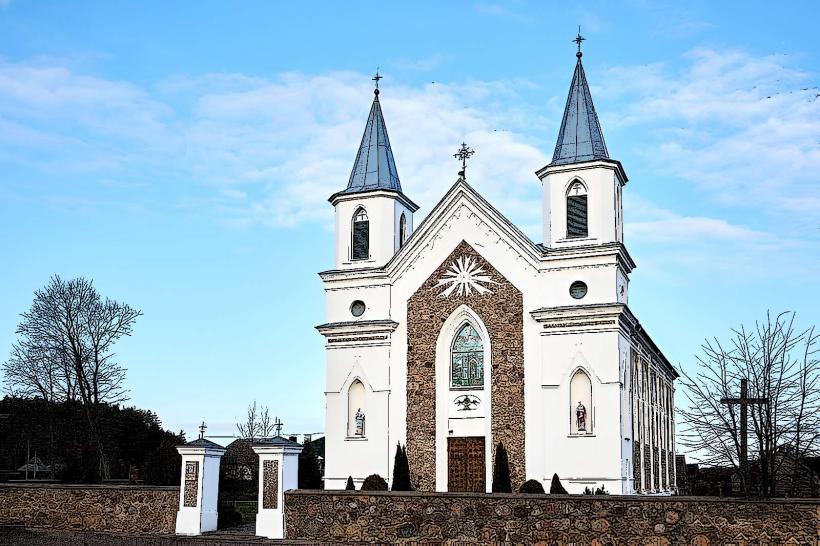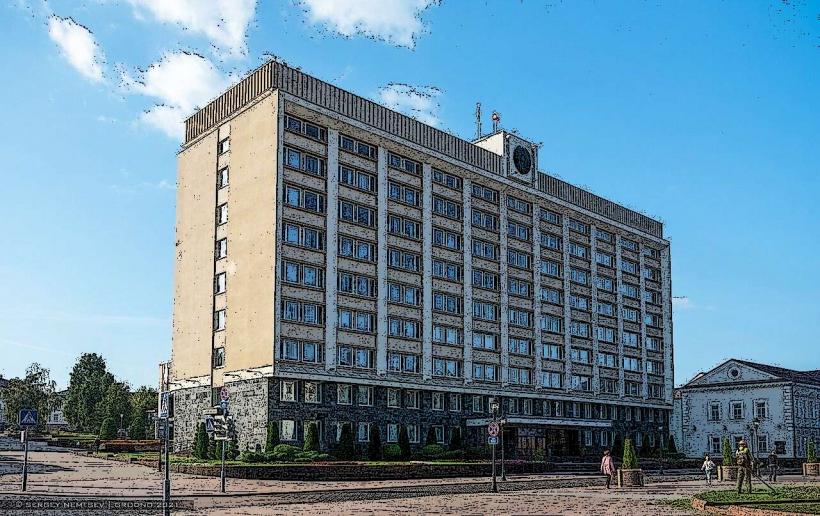Information
Landmark: Franciscan MonasteryCity: Grodno
Country: Belarus
Continent: Europe
The Franciscan Monastery in Hrodna (Grodno), Belarus, is one of the city's significant historical and religious landmarks. It is a complex that includes the Church of St. Francis of Assisi and a former monastery of the Franciscan Order. The monastery reflects the region's religious history and the influence of the Catholic Church in Hrodna, particularly during the time when the city was part of the Polish-Lithuanian Commonwealth.
Historical Overview:
- Foundation: The Franciscan Monastery was founded in the early 17th century, specifically around 1617, by the Franciscan friars. The order was known for its emphasis on poverty, humility, and devotion to the teachings of St. Francis of Assisi. The monastery was built during a period when Hrodna was a prominent city within the Polish-Lithuanian Commonwealth, and it reflects the spread of Catholicism in the region.
- Monastery and Church: The Franciscan monks established a church alongside the monastery to serve as a center of worship, prayer, and community life. The Church of St. Francis of Assisi, which still stands today, became a focal point for the local Catholic community. The monastery itself provided the friars with a place for spiritual life and religious education, as well as a space for charitable work.
- Architectural Development: The church and monastery complex underwent several phases of construction and renovation, with influences from the Baroque architectural style, which was prominent in the 17th and 18th centuries. The site experienced various periods of prosperity and decline, depending on the political and religious climate in the region.
Architecture:
- Baroque Style: The Church of St. Francis of Assisi is a prime example of Baroque architecture in Belarus. The exterior is characterized by dramatic, sweeping lines and large decorative elements, which were meant to evoke a sense of grandeur and divine presence. The Baroque style reflects the Catholic Church’s efforts to inspire awe and devotion through architecture, particularly during the Counter-Reformation.
- Church Exterior: The church features a relatively simple façade compared to some other Baroque churches, but it is still rich in ornamental details, including columns, pilasters, and cornices. The design follows the traditional Latin cross layout and includes a prominent bell tower.
- Interior: The interior of the Church of St. Francis is adorned with decorative elements typical of Baroque churches, including frescoes, gilded altars, and intricate woodwork. The altar area is richly decorated, showcasing religious iconography and figures from Christian history. The church’s interior was designed to create a space for solemn worship and reflection, emphasizing the spiritual connection between the divine and the faithful.
- Monastery Buildings: The monastery buildings, attached to the church, are more utilitarian in design, as they were meant to serve the daily needs of the friars. Over the centuries, the monastery complex has been modified and repurposed, but it retains a connection to its religious and historical past.
Role in History:
- Catholic Center: The Franciscan Monastery played a significant role in the Catholic religious life of Hrodna and the surrounding region. It served as a center of education, with the friars offering spiritual guidance and religious instruction to the local population. The monastery also housed a library, and the monks were involved in missionary and charitable activities.
- Political and Religious Changes: The monastery, like many religious institutions in Eastern Europe, experienced a tumultuous history. After the Partitions of Poland in the late 18th century, Hrodna became part of the Russian Empire, and religious and political changes impacted the operations of the Franciscan Monastery. During the Russian Empire's rule, Catholic institutions were often subject to restrictions, and the monastery's influence diminished.
- Soviet Era: In the 20th century, during the Soviet period, religious institutions in Belarus faced suppression. Many churches and monasteries were closed, and religious activities were heavily restricted. The Franciscan Monastery was no exception, and it faced challenges during the Soviet era. However, after the collapse of the Soviet Union in 1991, the church was restored to the Catholic community, and the monastery was reopened for religious purposes.
Modern Day:
Today, the Franciscan Monastery and Church of St. Francis of Assisi serve as an active place of worship for the Catholic community in Hrodna. The church continues to hold regular Masses, religious services, and special events for its congregation. The complex is also a popular tourist destination, with visitors coming to admire its historical and architectural significance.
The monastery's role has shifted from serving a large number of monks to focusing more on the religious needs of the local Catholic population. It remains a focal point for the community’s spiritual life, offering opportunities for reflection and prayer.
Cultural and Educational Importance:
- Religious and Historical Significance: The Franciscan Monastery is a key part of Hrodna’s religious and cultural heritage. It provides insight into the religious history of Belarus and the development of Catholicism in the region, especially during the era of the Polish-Lithuanian Commonwealth.
- Tourism: The Church of St. Francis of Assisi is one of Hrodna's architectural gems, attracting tourists interested in the Baroque style, religious history, and Belarusian heritage. The church and monastery complex offer visitors a glimpse into the past, with their impressive architecture, historical significance, and spiritual atmosphere.
Conclusion:
The Franciscan Monastery in Hrodna is a historically and architecturally significant site. Its Church of St. Francis of Assisi stands as a remarkable example of Baroque religious architecture, while the monastery itself reflects the rich Catholic history of the region. From its founding in the 17th century to its role in the modern religious life of Hrodna, the Franciscan Monastery continues to be a vital cultural and spiritual institution in the city.

